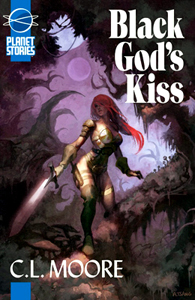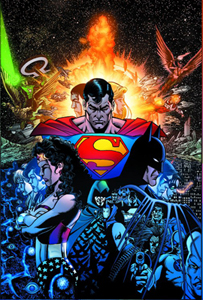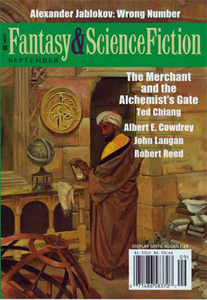Harold Lamb Rides Again
I don’t actually have the contracts in front of me yet, but it looks like the next three Harold Lamb books are a go through the University of Nebraska Press. I could tell you how happy I am about this, but you probably wouldn’t believe me unless you could see the immense, idiotic grin that’s been on my face for most of the last week when I heard about it, even through my neck injury.
Regular blog readers may or may not know that I assembled a series of four books reprinting all of Lamb’s swashbuckling Cossack stories for the University of Nebraska Press. They’re grand fiction, or I wouldn’t have spent years working to get them back into print. Here’s what the back cover says about Volume 1, Wolf of the Steppes:

“One of the finest adventure fiction writers of the twentieth century.†— Robert Weinberg
“Lamb knew how to write straight-ahead adventure the way Michelangelo knew how to paint.†— S. M. Stirling
“They are tales of wild adventure, full of swordplay, plots, treachery, startling surprises, mayhem, and massacre, laid in the most exotic setting that one can imagine and still stay in a known historical period on this planet.†— L. Sprague de Camp
Book Description
Master of driving pace, exotic setting, and complex plotting, Harold Lamb was one of Robert E. Howard’s favorite writers. Here at last is every pulse-pounding, action-packed story of Lamb’s greatest hero, the wolf of the steppes, Khlit the Cossack. Journey now with the unsung grandfather of sword and sorcery in search of ancient tombs, gleaming treasure, and thrilling landscapes. Match wits with deadly swordsmen, scheming priests, and evil cults. Rescue lovely damsels, ride with bold comrades, and hazard everything on your brains and skill and a little luck.
Wolf of the Steppes is the first of a four-volume set that collects, for the first time, the complete Cossack stories of Harold Lamb and presents them in order: every adventure of Khlit the Cossack and those of his friends, allies, and fellow Cossacks, many of which have never before appeared between book covers. Compiled and edited by the Harold Lamb scholar Howard Andrew Jones, each volume features never-before reprinted essays Lamb wrote about his stories, informative introductions by popular authors, and a wealth of rare, exciting, swashbuckling fiction.
In this first volume, Khlit infiltrates a hidden fortress of assassins, tracks down the tomb of Genghis Khan, flees the vengeance of a dead emperor, leads the Mongol horde against impossible odds, accompanies the stunning Mogul queen safely through the land of her enemies, and much more. This is the stuff of grand adventure, from the pen of an American Dumas.
Lamb was a master plotter, and was way ahead of his time (the first of these were composed in 1917) as to his portrayal of non-Western cultures and women.ÂÂ
But… back to my main point, it looks like the second series of Lamb books I’ve proposed will indeed be seeing the light through the Bison Books imprint of the University of Nebraska Press. They will collect most of the rest of Lamb’s best historical fiction, tales written when Lamb’s prose was polished to a high gloss IN ADDITION to being chock full of the plot twists, exotic settings, and grand action scenes from his earlier work. Specifically they will be:
Swords From the West: A volume of Lamb’s Crusader stories, meaning mostly tales of Crusaders journeying not to the walls of Acre, but deep into Moslem and Mongol lands.
Swords From the East: A volume of adventure tales narrated by Moslem and Mongolian heroes.
Swords From the Sea: A volume of seafaring adventures, including bloody Viking stories, adventures of John Paul Jones amongst the Russian Navy, a short novel of the search for the North EAST passage, and other goodies.
I can hardly wait to see them on my bookshelves.
Here’s links to Harold Lamb’s four Cossack volumes, although I’m sure I’ve mentioned them before:
Wolf of the Steppes
Warriors of the Steppes
Riders of the Steppes

 This week Black Gate turns its attention to the comics medium, as reviewer D. K. Latta investigates the latest earth-shattering miniseries to be presented in novel form by DC Comics. Is this outburst of existential mayhem (written by Greg Cox) truly something new, or does it follow in the timeworn footsteps of Crisis on Infinite Earths and its prodigious progeny of universe-altering storylines? D. K. has the answers inside.
This week Black Gate turns its attention to the comics medium, as reviewer D. K. Latta investigates the latest earth-shattering miniseries to be presented in novel form by DC Comics. Is this outburst of existential mayhem (written by Greg Cox) truly something new, or does it follow in the timeworn footsteps of Crisis on Infinite Earths and its prodigious progeny of universe-altering storylines? D. K. has the answers inside.


